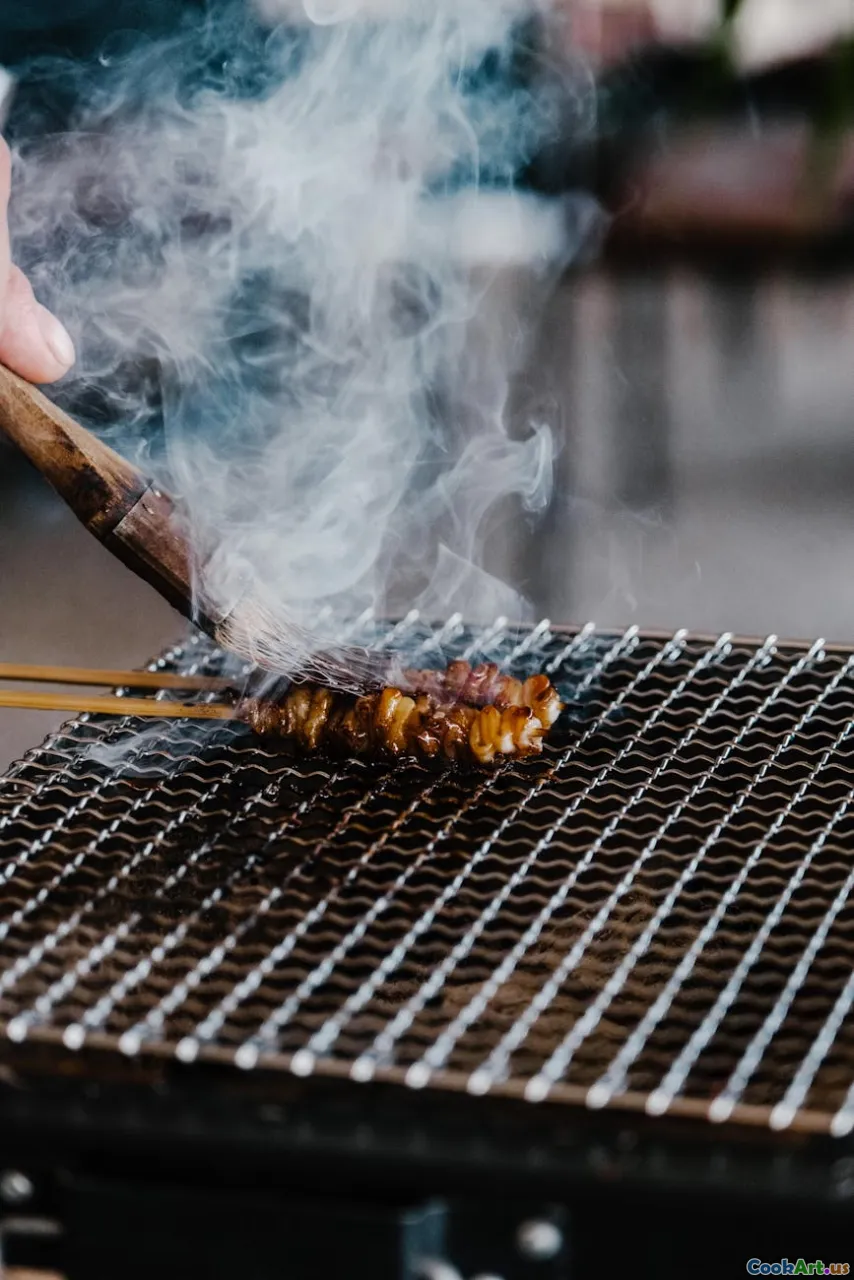Perfecting Your Roasting Technique
5 min read Unlock the secrets to perfect roasting with our expert tips, techniques, and cultural insights for delicious results every time. April 04, 2025 16:45
Perfecting Your Roasting Technique
Roasting is one of the most versatile and rewarding cooking methods, capable of transforming a wide variety of ingredients into delicious, flavorful dishes. Whether you're roasting vegetables, meats, or even fruits, mastering this technique can elevate your culinary repertoire. Here’s how to perfect your roasting technique and achieve mouthwatering results every time.
Understanding Roasting
Roasting is a dry heat cooking method that uses the oven's hot air to cook food evenly. This method not only enhances the natural flavors of the ingredients but also creates a beautiful, caramelized exterior. The key to successful roasting lies in understanding the science behind it, including heat distribution, moisture retention, and cooking times.
Selecting the Right Ingredients
The foundation of great roasting starts with selecting quality ingredients. Here are a few tips:
- Meats: Choose cuts that are suitable for roasting, such as chicken, beef, pork, or lamb. Bone-in cuts often yield more flavor.
- Vegetables: Root vegetables like carrots, potatoes, and squash are excellent for roasting. They caramelize beautifully and develop a rich flavor.
- Fruits: Fruits like apples, pears, and peaches can add a sweet twist to your roasted dishes.
Preparing Your Ingredients
- Trimming and Seasoning: Trim excess fat from meats and cut vegetables into uniform sizes to ensure even cooking. Season generously with salt, pepper, and herbs or spices a few hours ahead of roasting to enhance flavor.
- Marinating: For meats, consider marinating beforehand. This not only infuses flavor but also helps tenderize tougher cuts.
- Oiling: Toss vegetables lightly in oil before roasting. Oil helps to promote browning and prevents sticking.
The Right Temperature and Timing
- Temperature: Preheat your oven to the right temperature, usually between 375°F to 450°F (190°C to 232°C), depending on what you are roasting. Higher temperatures are great for achieving a crisp exterior, while lower temperatures will allow for a more even cook.
- Timing: Use a meat thermometer for meats to ensure they are cooked to the right internal temperature. For vegetables, they should be tender and caramelized, often taking 20-45 minutes depending on size and type.
The Importance of Airflow
Proper airflow in the oven helps to cook food evenly and encourages browning. Avoid overcrowding the pan; instead, use a roasting rack or spread ingredients out in a single layer. This allows hot air to circulate around the food, ensuring even cooking.
Basting for Extra Flavor
Basting your roast with its own juices or a flavored broth can enhance moisture and flavor. While it’s not necessary for all roasts, it can be beneficial for lean cuts of meat that may dry out during cooking.
Resting Your Roast
Once your roast is cooked, allow it to rest for at least 10-15 minutes before slicing. Resting helps redistribute the juices within the meat, resulting in a more succulent bite.
Cultural Insights: Roasting Around the World
Roasting is a technique celebrated in many cultures:
- Italian: The classic Sunday roast often features a large cut of beef or pork served with roasted potatoes.
- Mexican: Cochinita Pibil is a traditional dish where marinated pork is wrapped in banana leaves and slow-roasted.
- Middle Eastern: Shawarma involves marinating meats for hours before they are roasted on a vertical spit.
By perfecting your roasting technique, you can create an array of flavorful dishes that bring warmth and satisfaction to your table. Embrace the art of roasting, and watch as your culinary creations shine!









